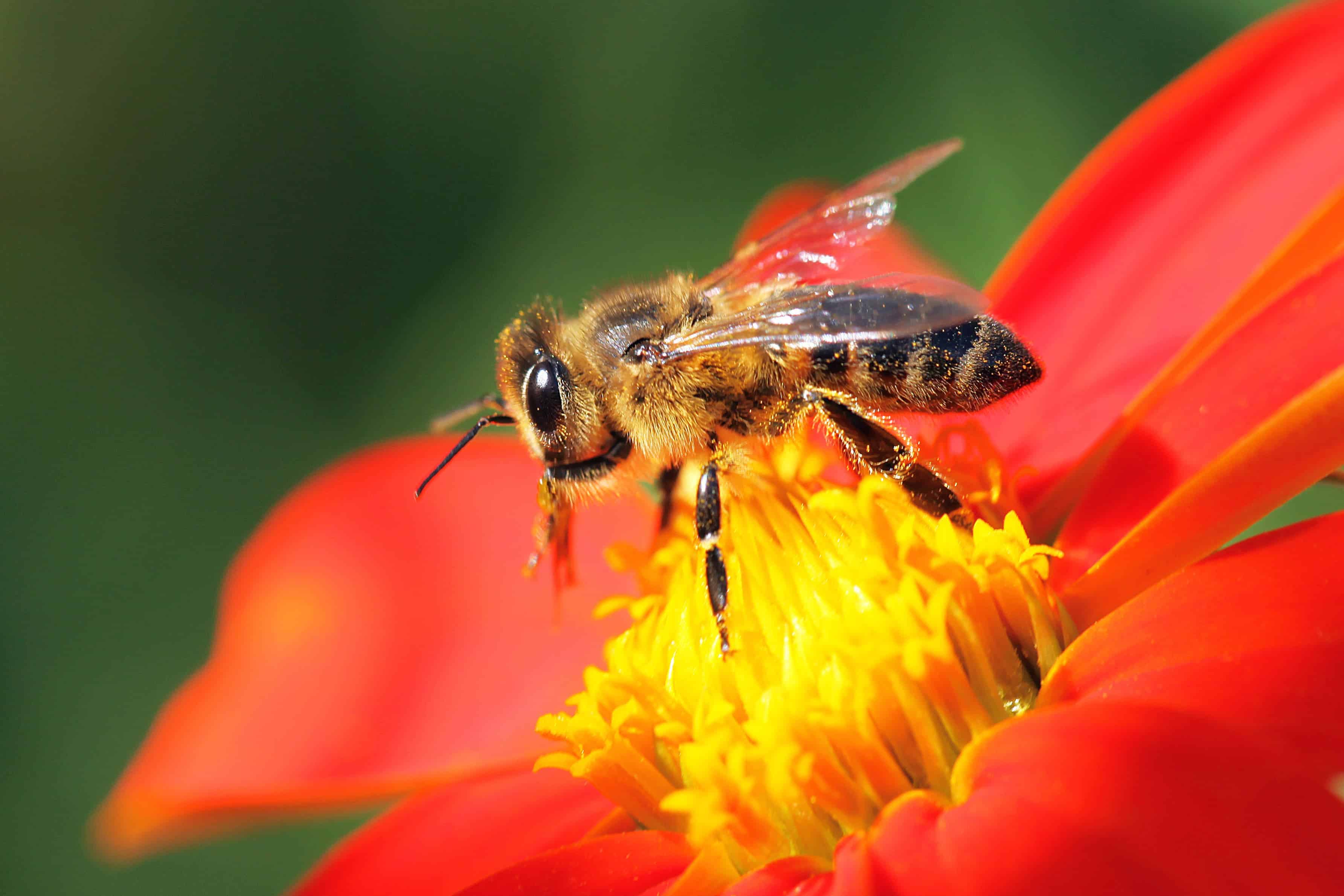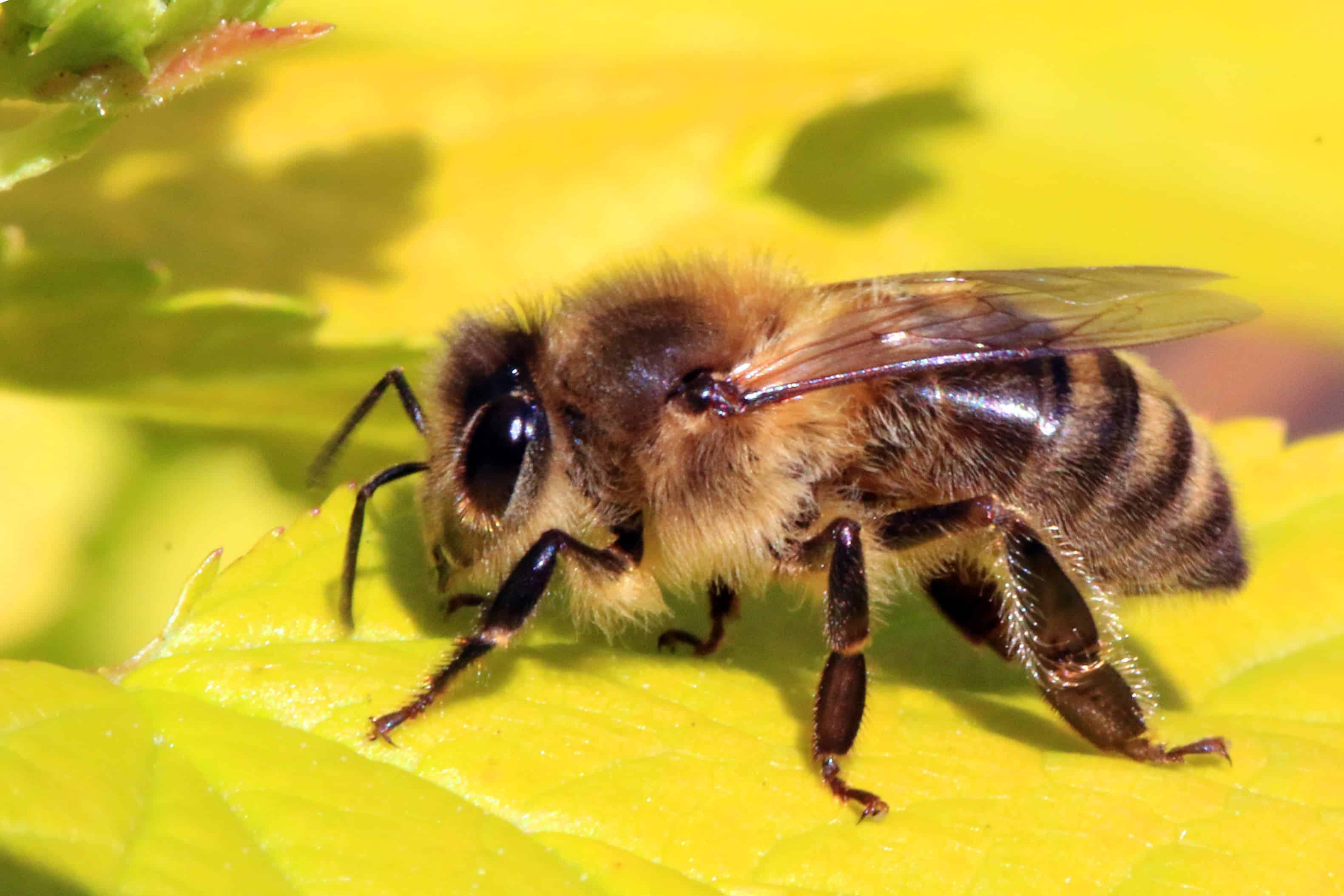
Researchers in Australia found that venom from honeybees rapidly destroyed breast cancer cells. The venom proved highly effective at reducing tumor growth even for the most aggressive and hard-to-treat forms of breast cancer. What’s more, compounds present in the venom enhanced the success of chemotherapy.
The dose makes the poison
Bee stings can be incredibly painful and, in some cases, can be even life-threatening. In the US, bee stings represent the “most lethal venomous animal encounter” due to the allergic (anaphylactic) shock they can cause.
But researchers at the Harry Perkins Institute of Medical Research in Perth, Australia, have found that honeybee venom can be a healing force that can save lives from cancer.
The team led by Dr. Ciara Duffy harvested venom from honeybee hives from Australia, Ireland, and England. The bees were first put to sleep with CO2, then kept on ice until the researchers extracted the venom and injected it into breast cancer tumors.
Experiments on mice showed that at specific concentrations, the bee venom killed 100% of triple-negative breast cancer cells, a kind of breast cancer that does not have any of the typical receptors commonly found in other forms of cancer. As such, it can be extremely difficult to treat.
The cancer cells were destroyed within 60 minutes with minimal effects on normal cells.
A compound called melittin seems to be responsible for the cancer-killing effect of the venom. Melittin breaks through the plasma membrane of cancer cells, forming holes or pores that lead to the cells’ death.
Research also showed that melittin disrupts the main messaging pathways that cancer cells use to communicate, grow, and replicate.
“We looked at how honeybee venom and melittin affect the cancer signaling pathways, the chemical messages that are fundamental for cancer cell growth and reproduction, and we found that very quickly these signaling pathways were shut down,” Dr. Duffy said in a statement.
“Melittin modulated the signaling in breast cancer cells by suppressing the activation of the receptor that is commonly overexpressed in triple-negative breast cancer, the epidermal growth factor receptor, and it suppressed the activation of HER2 which is over-expressed in HER2-enriched breast cancer,” she added.
The researchers also wanted to see what happened when melittin interacted with conventional chemotherapy drugs, such as docetaxel. Remarkably, the pores and holes drilled by the bee venom compound allowed the chemotherapy to easily penetrate the cancerous cells, substantially reducing tumour growth in mice.
“We found that melittin can be used with small molecules or chemotherapies, such as docetaxel, to treat highly-aggressive types of breast cancer. The combination of melittin and docetaxel was extremely efficient in reducing tumor growth in mice,” Dr. Duffy said.
Fortunately, melittin can be synthesized, so no bees have to be harmed in the future for a bee venom-based therapy. Speaking of its applications, the authors of the new study are cautiously optimistic, stressing that more research is required in order to validate this promising therapy.
In the future, scientists want to investigate toxicity and find the safest, most efficient dose before embarking on clinical trials.
The findings were reported today in the journal Nature.






